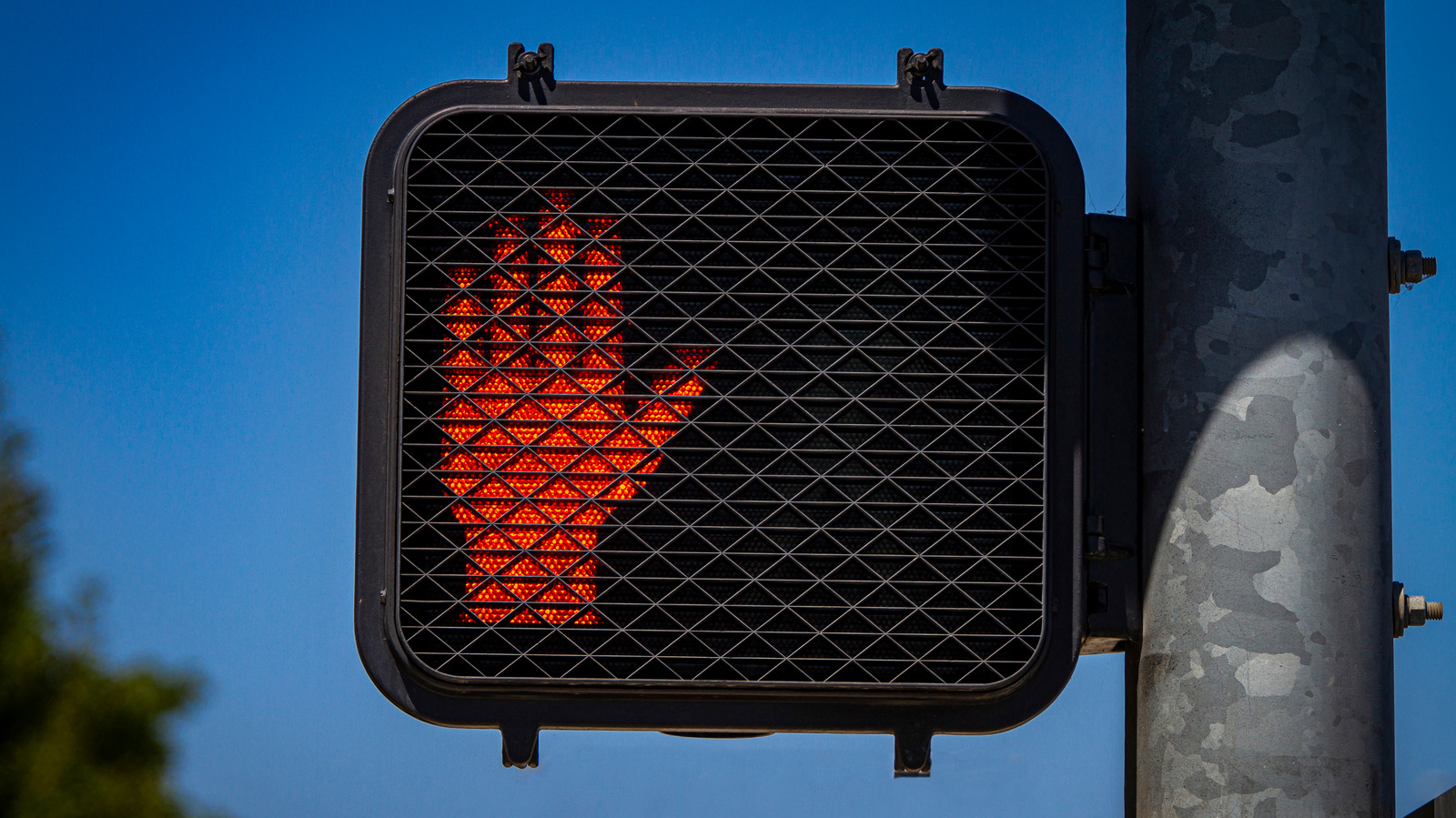
When Secretary of Commerce Herbert Hoover sought to create the 1928 Model Municipal Traffic Ordinances (posted at the Hathi Trust Digital Library), the American Automobile Association, the NACC, and the National Association of Taxicab Owners all found themselves a seat at the table. The ordinance was based on the traffic law in Los Angeles, which had some of the earliest “pedestrian controls,” underlined by the idea that the only place pedestrians were allowed to cross was at crosswalks. Even then, they were only able to do so at right angles, per Vox.
Initially, these laws were neither followed nor enforced by the police or judges. The lobbying of the automobile industry introduced the element of shame into jaywalking arrests. Rather than simply giving people a fine without causing a fuss, police started “whistling or shouting at [pedestrians] — and even carrying women back to the sidewalk.”
READ RELATED: Brian Waters death: What Happened To Christopher Guest More Jr? As The Trial Reaches A Verdict
Although people first shot back that dangerous driving, or “jay driving,” was more dangerous than jaywalking, before long, enough police were enforcing it and enough safety organizations were pushing it that the concept of jaywalking became cemented in the American imagination.
Now, a century later, victims of traffic crimes are the ones being “blamed in media coverage,” per The Guardian. The enforcement of jaywalking laws is revealed to often have a racist bias, with Black and Hispanic people receiving 90% of jaywalking tickets given by the New York Police Department in 2019, according to StreetsBlogNYC.
Source:






